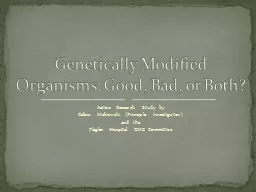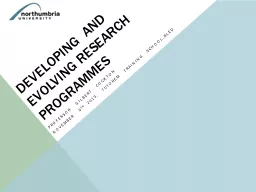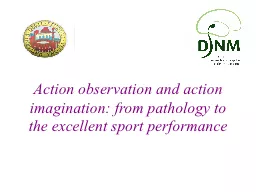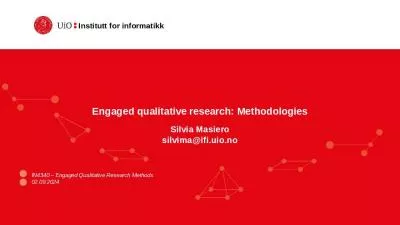PPT-Action Research Study by
Author : giovanna-bartolotta | Published Date : 2018-10-07
Celina Makowski Principle Investigator and the Flagler Hospital CME Committee Genetically Modified Organisms Good Bad or Both Study Title Evaluating the Change
Presentation Embed Code
Download Presentation
Download Presentation The PPT/PDF document "Action Research Study by" is the property of its rightful owner. Permission is granted to download and print the materials on this website for personal, non-commercial use only, and to display it on your personal computer provided you do not modify the materials and that you retain all copyright notices contained in the materials. By downloading content from our website, you accept the terms of this agreement.
Action Research Study by: Transcript
Download Rules Of Document
"Action Research Study by"The content belongs to its owner. You may download and print it for personal use, without modification, and keep all copyright notices. By downloading, you agree to these terms.
Related Documents














